Node.js Full Stack
₹10,990.00
Here are some expected candidature that are suitable for pursuing Full stack web developer training
- Web Development Enthusiasts: Individuals with a strong interest in web development, including front-end and back-end technologies, are ideal candidates for Full Stack Web Developer training. They may have some basic knowledge of HTML, CSS, and JavaScript, and are eager to expand their skills to encompass both client-side and server-side development.
- Front-End Developers: Front-end developers who are proficient in HTML, CSS, and JavaScript and have experience in building user interfaces with frameworks like React.js or Angular can benefit from Full Stack Web Developer training using Node.js. They can enhance their skills by gaining a deeper understanding of server-side development and database integration.
- Back-End Developers: Back-end developers who are experienced in server-side programming languages like Java, Python, or PHP can transition into Full Stack Web Development using Node.js. They can leverage their existing knowledge of server-side concepts and enhance their skills by learning Node.js and its ecosystem, including Express.js and MongoDB.
- JavaScript Developers: Individuals with a strong background in JavaScript can leverage their skills to become Full Stack Web Developers using Node.js. They may have experience with frameworks like React.js or Angular on the front end and can extend their expertise to include server-side development using Node.js.
- Career Switchers: Full Stack Web Development using Node.js can also be an excellent choice for individuals looking to switch careers. If you have a passion for technology, a willingness to learn, and are ready to embark on a new journey in web development, this training can equip you with the necessary skills to transition into a career as a Full Stack Web Developer.
The duration for full stack web developer training in online live instructor led mode with 2 hours daily commitment is as follows.
It spans over 8 weeks i.e. 2 months. However this is estimated duration – it may vary a little bit as per the pace of the training and addition of extra practical sessions on the fly.
Weekly Breakup: To break down the commitment over the 8-week training period(Assuming a 5-day training week), the weekly hours and the total number of hours will be as follows:
2 hours/day * 5 days/week * 8 weeks = 80 hours.
Week 7 and 8 will be devoted specifically to work on hands on projects and practical implementation of the theoretical concepts learned throughout the course. Additional hours will be allocated (if need be) to complete the project work. Also please note, throughout the training during every week – we dedicate time to help students to do practical assignments
Job opportunities in data science and big data are expanding rapidly, offering attractive salaries and career growth potential. Here are some of the exciting roles you can pursue after completing our training program:
- Data Scientist: Utilize your expertise in statistical analysis, machine learning, and data modeling to extract insights and drive data-driven strategies. Estimated Salary for entry level ₹8-12 lakhs per annum. If you are more experienced then you can secure upto 14 lakhs.
- Big Data Engineer: Design and implement large-scale data processing systems, working with technologies like Hadoop, Spark, and NoSQL databases. Estimated Salary: ₹10-15 lakhs per annum.
- Machine Learning Engineer: Develop and deploy machine learning models to automate processes, improve predictions, and enhance business operations. Estimated Salary: ₹9-13 lakhs per annum.
- Data Analyst: Analyze and interpret data, transforming raw information into meaningful insights that guide decision-making. Estimated Salary: ₹6-10 lakhs per annum.
- Business Intelligence Analyst: Create visually compelling dashboards and reports, providing actionable insights to stakeholders for strategic planning and performance evaluation. Estimated Salary: ₹7-11 lakhs per annum.
- Data Architect: Design and manage data systems, ensuring scalability, security, and efficient data flow within an organization. Estimated Salary: ₹12-18 lakhs per annum.
These are just a few of the many career paths open to data science and big data professionals. As the demand for these skills continues to soar, the potential for career advancement and high earning potential is tremendous.
Join our Data Science and Big Data Training program today and embark on a transformative journey to become a sought-after expert in this thriving field. Unlock limitless career opportunities and shape the future of data-driven decision-making.

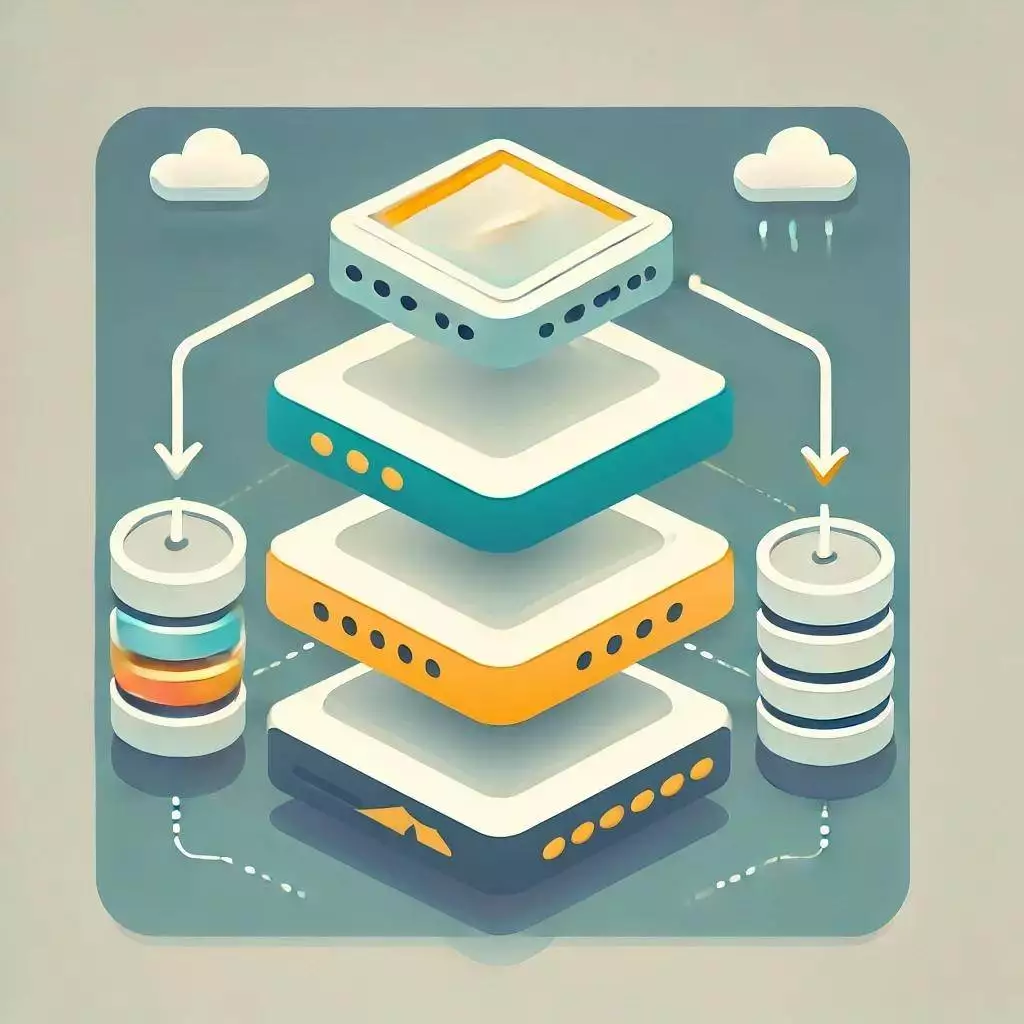
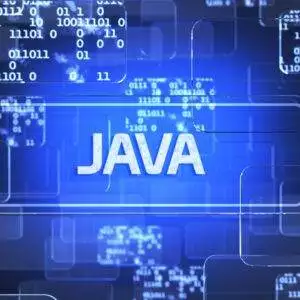


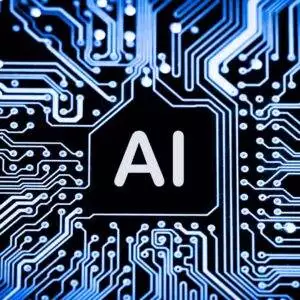
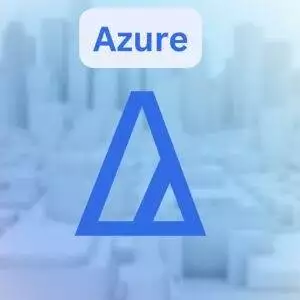
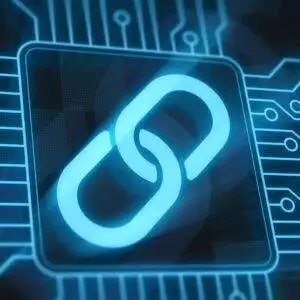
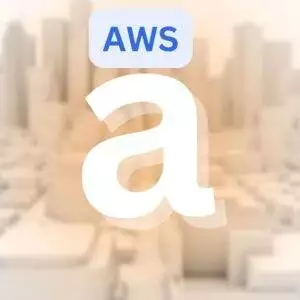







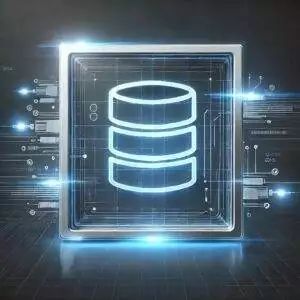

Reviews
There are no reviews yet.